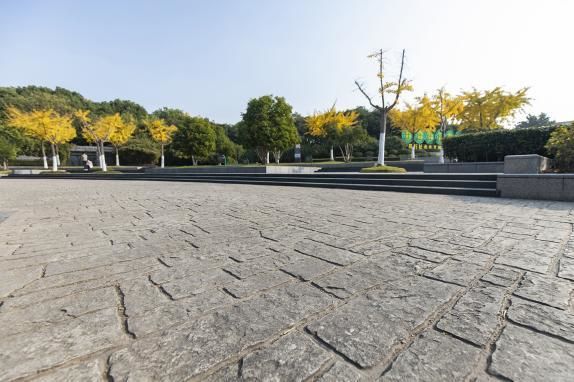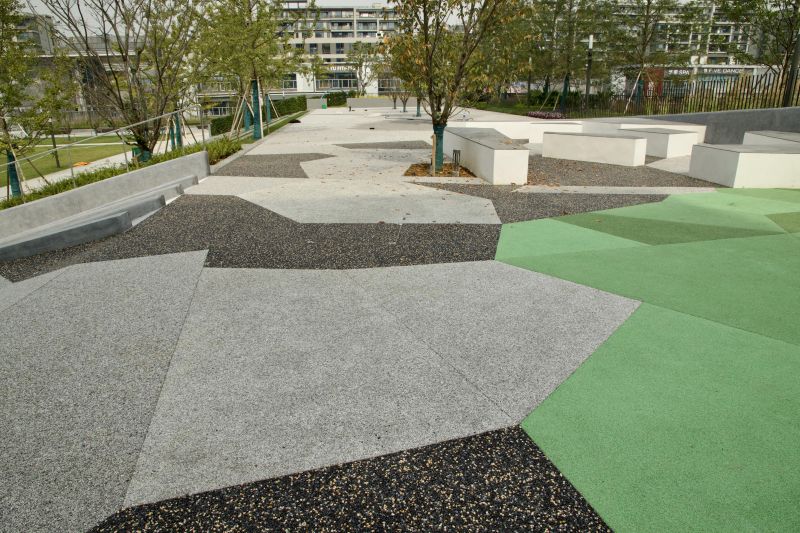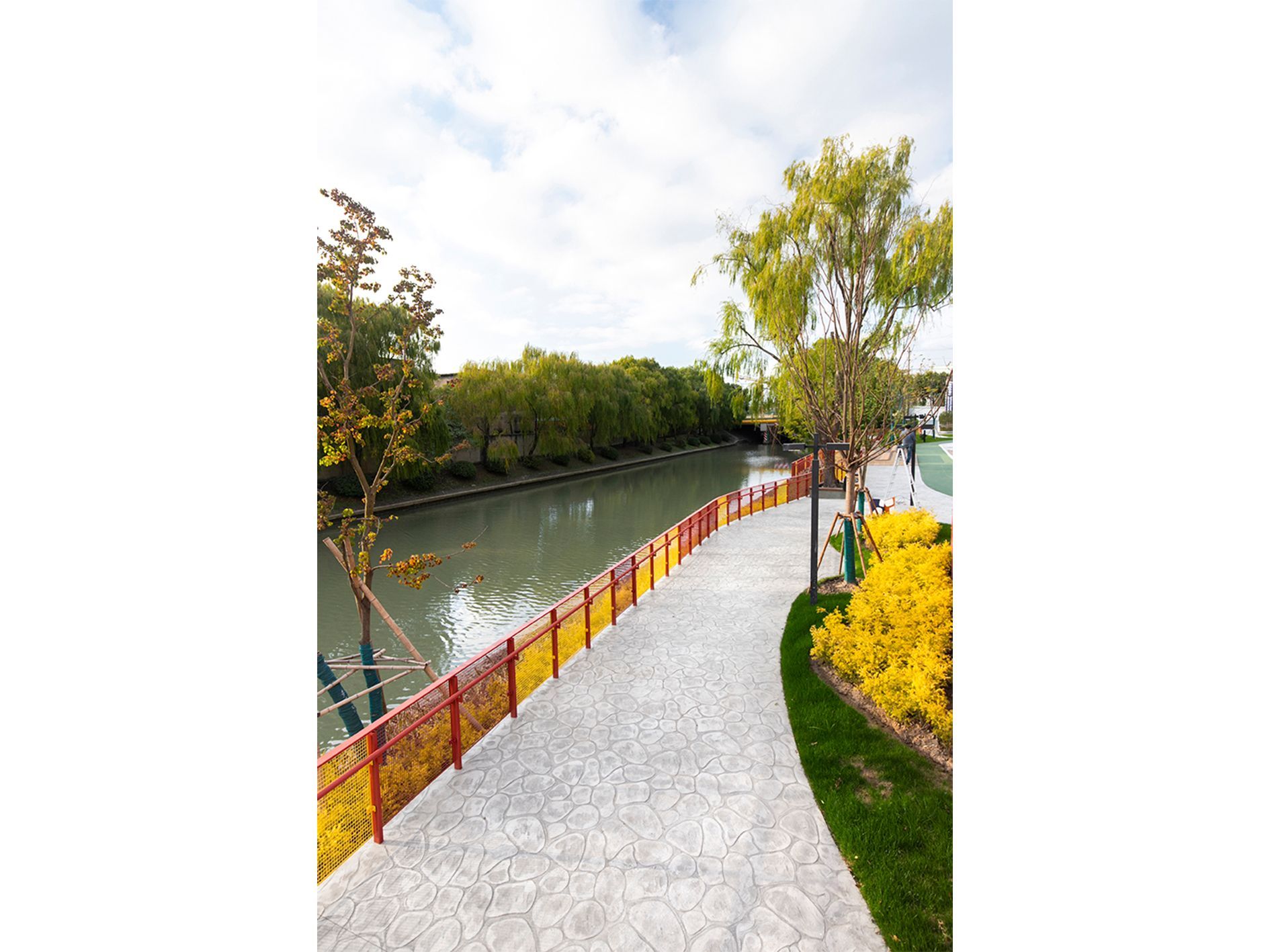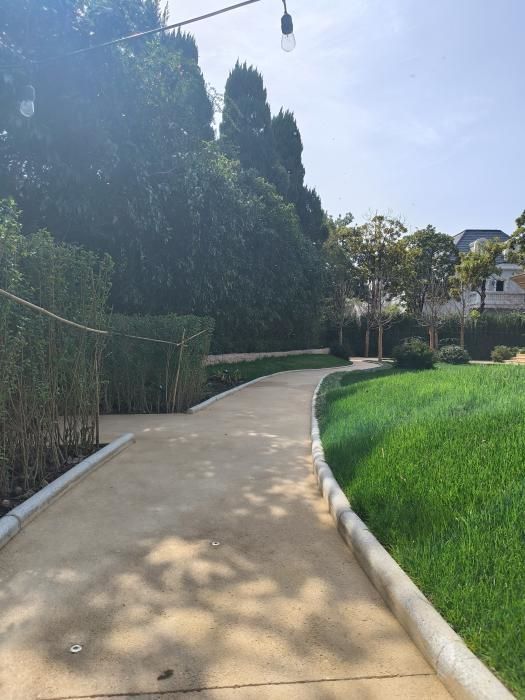A Step-by-Step Guide to Stamped Concrete Construction
Introduction:
Stamped concrete, also known as patterned or imprinted concrete, is a popular choice for creating decorative surfaces in outdoor spaces such as patios, driveways, and walkways. This construction technique involves pressing patterns and textures into freshly poured concrete to mimic the look of natural materials like stone, brick, or slate. In this blog post, we'll outline the step-by-step process for executing a successful stamped concrete project.
Step 1:
Site Preparation Before starting the concrete work, it's essential to prepare the site properly. This involves clearing the area of any debris, vegetation, or existing concrete. Additionally, the ground should be graded and compacted to ensure a stable base for the new concrete.
Step 2:
Formwork Installation Next, install formwork to define the shape and boundaries of the concrete slab. Formwork can be made from wood, plastic, or metal and should be securely anchored to the ground. Take care to ensure that the forms are level and properly aligned to achieve the desired dimensions for the concrete surface.

Step 3:
Concrete Mixing and Pouring Once the formwork is in place, it's time to mix and pour the concrete. Use a high-quality concrete mix and follow the manufacturer's instructions for the proper water-to-cement ratio. Pour the concrete evenly into the forms, taking care to avoid air pockets and voids.

Step 4:
Adding Color and Release Agent Before the concrete sets, add colorant to achieve the desired hue for the stamped surface. Additionally, apply a release agent to prevent the stamping tools from sticking to the concrete. The release agent also adds subtle highlights and depth to the finished surface.

Step 5:
Stamping the Concrete Once the concrete reaches the appropriate consistency, begin stamping the surface with your chosen patterns and textures. Use specialized stamping tools made from rubber or polyurethane to create realistic impressions of natural materials. Work systematic










